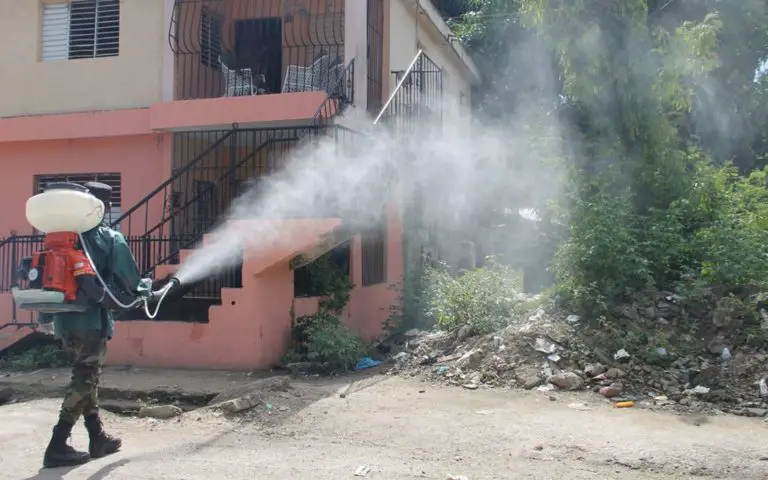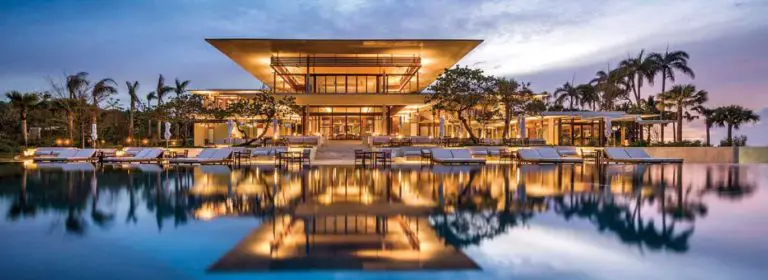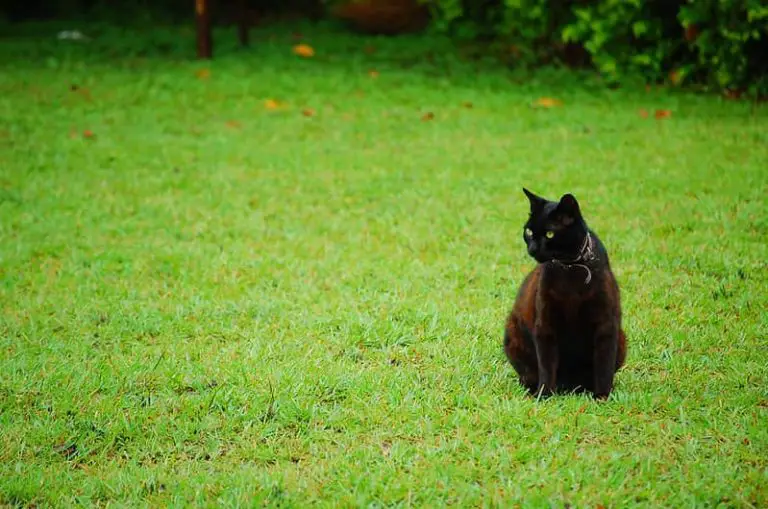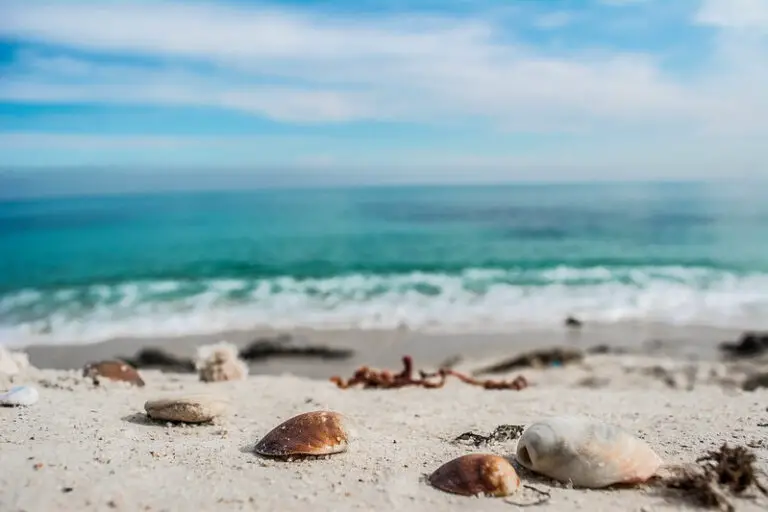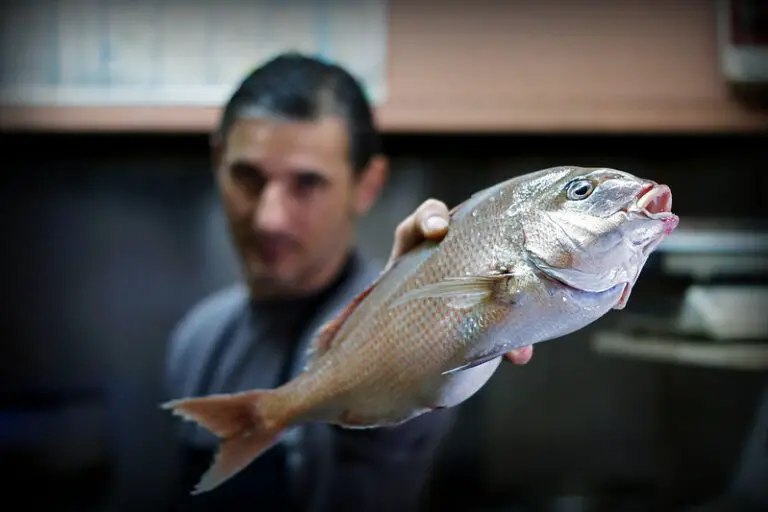10 Main Things The Dominican Republic Is known For
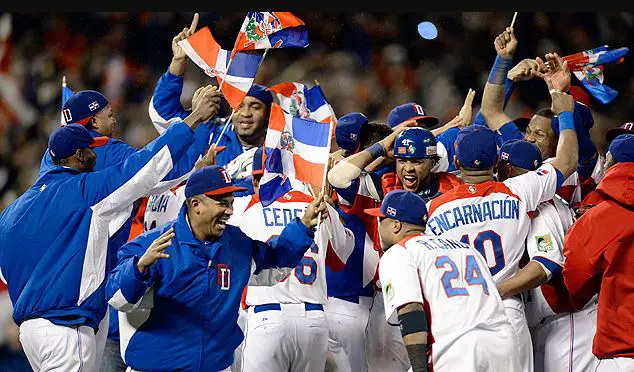
The Dominican Republic is a very genuine country, because of our varied culture mix, our roots and geographical characteristics we develop certain skills and peculiarities that make us known far beyond our territorial limits.
Geographically, the Dominican Republic is known worldwide for its beautiful beaches and landscapes, on a personal level the Dominicans stand out in various artistic, sporting and cultural and historical activities.
The Dominicans are characterized by their outgoing personality, fairness, and courage, they are very supportive of each other; they know how to deal with everyday problems and difficulties with a smile on their face, and they find the light of every dark situation.
Although the Dominican Republic is a relatively small island compared to other Latin American countries, thanks to the gifts of nature that the island possesses, and the talent and picturesque personality of its inhabitants, it is a country with particularities and talents recognized worldwide.
So, here are 10 things the Dominican Republic is known for:
Contents
1-Beautiful beaches and Landscapes
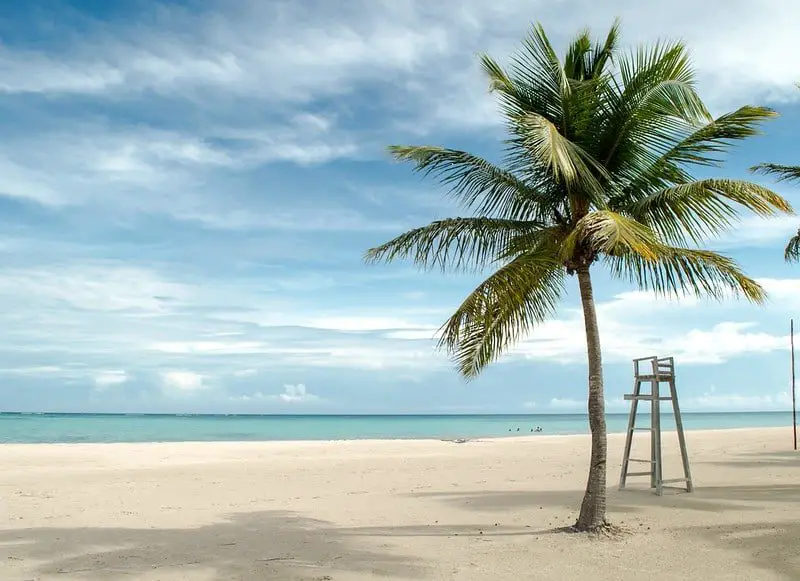
The Dominican Republic is known worldwide for its beautiful beaches, some of its beaches are among the best beaches in the world, the beach of Bahía de las Águilas is recognized as one of the most crystalline beaches in the world, it is a virgin beach, with no type of human intervention to date.
The Dominican Republic is a country blessed by nature, because of its geographical position and its territorial configuration it is an earthly paradise for the beaches, it has everything you need, lots of suns all year round, many coasts, and lush vegetation.
The Dominican Republic is the country with the highest number of beaches that have a blue flag certification, this certificate is granted by an international jury by the foundation (FEE) based in Denmark, the beaches that opt for this certification must meet strict international standards of quality and environmental education.
Water quality, safety and services, environmental management and environmental education are the parameters taken into account to grant the blue flag certificate.
2-Amazing baseball players
Why is baseball so popular in the Dominican Republic?
I always like to say that the Dominican Republic is like the Brazil of soccer, because of the numerous baseball players of excellent talent that the country produces year after year.
Those who know baseball know that the Dominican Republic is the cradle of some of the best baseball players of the world.
Is the country that more foreign players contribute to the professional baseball of the United States (MLB), the Dominican Republic was the world champion in baseball in 2013 in the world baseball classic tournament.
Baseball is the main national pastime in the Dominican Republic, its tournament is called “winter baseball” since it traditionally starts in October.
It is a magical and wonderful experience to attend a baseball game in the Dominican Republic, both for the quality of the players and for the energy and excitement of the fans, the stadium food is also exquisite.
After the winter baseball tournament in the Dominican Republic, another tournament called “the Caribbean series” comprises champions from the other confederations of the Caribbean and Latin American countries, where historically the Dominican Republic is the most winning.
The reason Dominicans are such good baseball players is because of different aspects:
- Baseball in the Dominican Republic is a way of life for many young people, an opportunity to get out of poverty and help their families and that’s why they put much more effort and passion into it.
- In the Dominican Republic, there are many academies and highly trained professionals to train young people from an early age.
- The Dominicans for their African roots have physiological characteristics that attribute talents and physical abilities suitable for playing baseball.
The main professional baseball stadiums in the Dominican Republic are in; San Pedro, La Romana, Santo Domingo, Santiago, San Francisco, each city has a representative team, try to visit a stadium to witness a game, if you visit the country between the months of October-January, it will be an unforgettable experience.

3-The Dominican Merengue music
The merengue is a popular musical genre popularized in the Dominican Republic, is considered the Dominican national dance, the main instruments used are the Güira, accordion and the drum.
The merengue began as a folk dance and then evolved to be a musical genre, its origins are a bit diffuse, apparently the merengue is derived from Cuban music called UPA, one of whose parts were called me-rengue.
The UPA moved to Puerto Rico, from where it would arrive in Santo Domingo in the middle of the last century.
The merengue was declared cultural heritage of humanity by the United Nations Educational, Scientific and Cultural Organization (UNESCO).
Dominican Republic is the cradle of many of the best merengue artists in the world. Currently, among the most prominent merengueros are Juan Luis Guerra, Johnny Ventura, Fernando Villalona, Milly Quezada, Héctor Acosta (El Torito), Los Hermanos Rosario, Sergio Vargas, Eddy Herrera, Miriam Cruz, among others.
Merengue has evolved over time. Genuine merengue only survives in rural areas of the country, the traditional form of meringue has changed.
4- The Dominican Bachata Music
Bachata is another dance genre popularized in the Dominican Republic, it is a fundamental part of Dominican urban folklore, bachata is a mix of bolero with other Caribbean rhythms.
despised as a music of the poor classes, originated in Puerto Rico as a romantic guaracha, its main precursor was “el jibarito de lares”.
It was known as “bitter music”, referring to the state of melancholy caused by heartbreak and which used to be reflected in the theme of the compositions.
Its diffusion by those years was limited to some scarce stations since it was considered like a little less vulgar music.
For the Dominicans, bachata serves as a mental relief frequently, because mostly the lyrical base of bachata evokes feelings of heartbreak and nostalgia.
Dominicans usually sit down to drink rum and listen to bachata in high volume, while “venting their sorrows” reflected in the lyrics of the songs.
Bachata dance is very popular in the Dominican Republic among the popular sectors, it is a series of simple steps that produce a movement from front to back, or from side to side, Dominicans are known as very skilled bachata dancers.
5-Dominican Rum
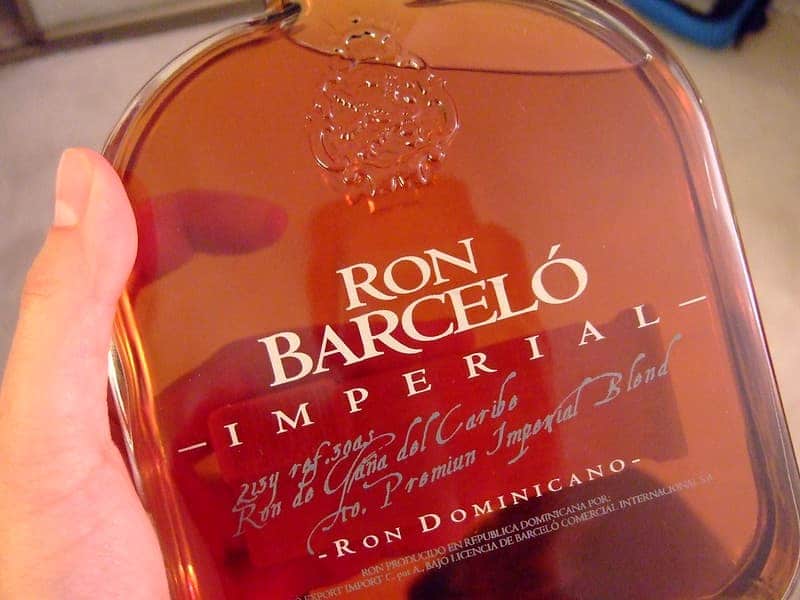
Rum is a popular alcohol-based drink that is prepared by fermenting sugarcane, the sugarcane originally from India, was taken to Spain by the Arabs during the time of its domination.
The person in charge of bringing sugarcane to the New World was Don Diego Bermúdez on the second trip from Christopher Columbus to Hispaniola, in 1493.
He then arrived in countries such as the Caribbean Islands, Cuba, Jamaica, and Puerto Rico.
Here the most traditional and popular rum drinks in the Dominican Republic:
Ron Barceló: Julián Barceló arrived in the Dominican Republic in 1929 from Spain and founded in Barceló & CO in Santo Domingo. After experimenting for several years with different brands in the market.
He reached the highest level in 1950 by launching Ron Barceló Dorado y Blanco which had a great reception immediately.
Today it is one of the most prestigious companies in the elaboration of an exquisite rum and a great exporter of it. Miguel Barceló, Don Julián’s nephew, launched the Imperial Barceló Rum in 1974, Premium rum that has been the most awarded by international organizations, becoming the flagship for Dominicans.
Ron Brugal: Brugal is a traditional family that has made rum since 1880 when the Spaniard Andrés Brugal emigrated from Santiago de Cuba, moved to the Dominican Republic, exactly to Puerto Plata. Brugal offers 5 types of rum, each with different characteristics.
Ron Bermúdez: The oldest Dominican rum historically, Bermúdez offers a wide range of select products and is not only based on rums but also vodka, gin, and whiskey.
6-The way we talk the Spanish:
The native language in the Dominican Republic is Spanish, specifically, Dominican Spanish, which is a variety derived from the Spanish language.
Dominican Spanish and that of the entire Caribbean region has its roots in the Andalusian and Canarian language modality, because of our roots Our Spanish language still has roots and words of African and indigenous origin.
In the colloquial speech of the language, the Dominican tends to summarizes the words, also to suppress the S at the end of some words, and also the D when it is between two vowels.
Another particular feature of Dominican Spanish is the unconscious substitution of the R for the L in some words, this feature is also shared by the Spanish spoken in Puerto Rico and Cuba, in linguistics, this is called lambdacism.
Some Spanish-speaking countries consider that Dominicans “don’t know how to speak” Spanish correctly, the truth is that Dominican Spanish is a fun, original and interesting amalgam to culture, unique in the entire world.
7-Outgoing and partying personality
If you have a country with good beaches, rum and lots of suns then you will have an extroverted and partying natives like the Dominicans.
They express themselves with a lot of energy; they are good conversationalists and dancers, the Dominican personality stands out and recognizes wherever he is for his affable style, sociable and expressive.
It is as if the heat of the sun gave them that energy to project it on their personality.
The Dominican is somewhat strident, both in his way of speaking and in his way of dressing, likes to attract attention.
They project a very extrovert personality in general, very expressive and full of confidence to talk to other people even if they do not know them.
8-The highest peak in the Caribbean
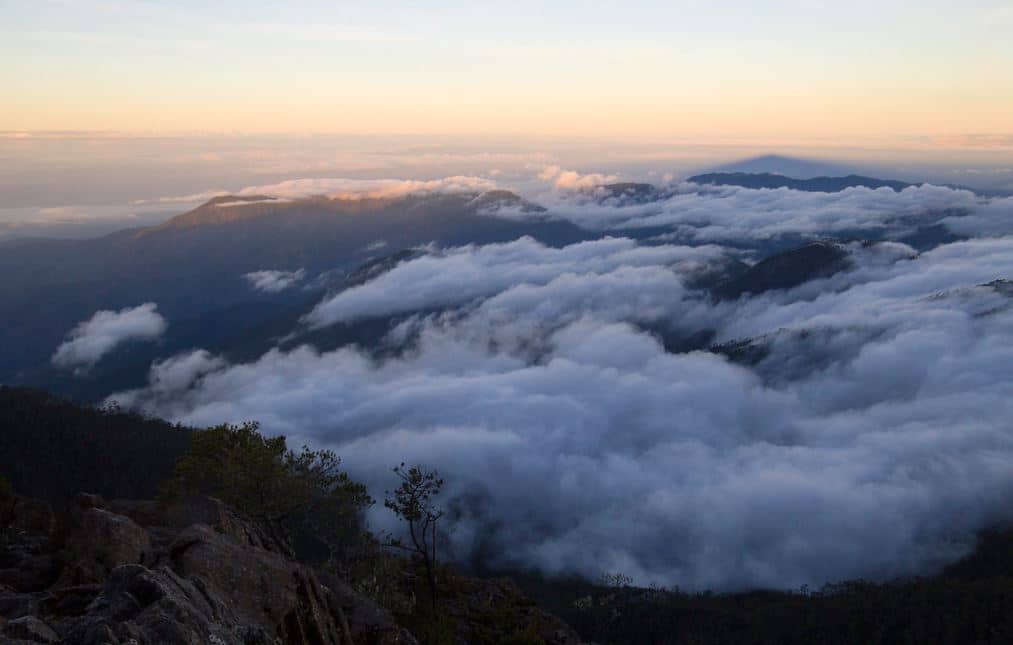
When it comes to the highest mountain in the Caribbean, the Dominican Republic features Pico Duarte and its officers at 3,087 meters above sea level.
Pico Duarte is located between two national parks: Armando Bermúdez National Park and José del Carmen Ramírez National Park.
This peak has a twin that is a few meters lower. Both were called Pelona Grande and Pelona Chica and belong to the Sierra Pelona.
The highest peak in the Dominican Republic experienced several changes in its name, from Pelona Grande it became Pico Trujillo and then Pico Duarte.
Climbing this hill should be on your to-do list, as it offers you a unique and I think unforgettable experience.
Pico Duarte is the habitat of some of the country’s endangered species, such as the solenodon and hutia.
Its climate is tropical and rainy, which is why they recommend people to climb in the period December-April, as it is the season when it rains less in the country.
9-Exquisite Cuisine
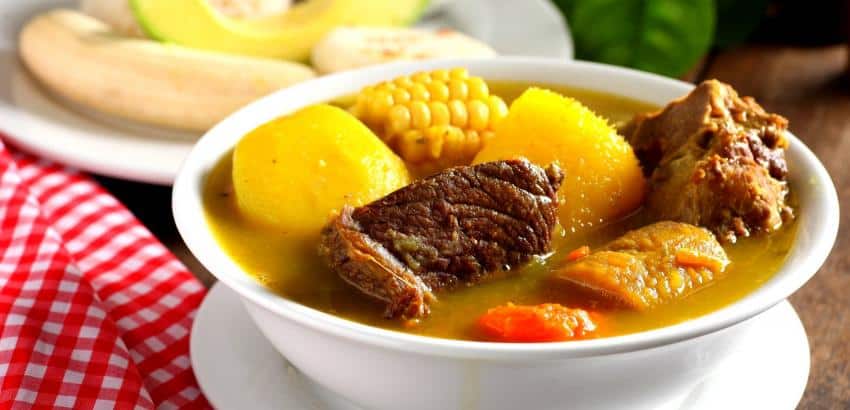
The gastronomy of the Dominican Republic includes a variety of dishes, is rich in aromas and textures and has its own identity, as it is the result of the fusion of American, European and African influences.
It is recognized that culinary was important for the mestizaje of Tainos, Africans and Iberians in the first decades of the Spanish colony and that it created the basis for the emergence of the Dominican Creole culture.
These dishes give a distinctive stamp to the most frequented tourist destinations by foreigners and Dominicans.
10-The first city of the new world

The Dominican Republic is known in the world mainly as a tourist place. Every year, about 5 million tourists rest on its dream beaches and enjoy its tropical climate.
Something that not everyone knows is that Santo Domingo, the capital of the Dominican Republic, is considered the “First City of the New World”, although it was not the first settlement founded by the Spanish colonists.
Under the government of Nicolás de Ovando and successively of Diego Colón, son of Cristóbal, Santo Domingo began to develop and some of the splendid buildings that are still part of the city were constructed.
The most important colonial buildings in the city include among others: the Cathedral of Santa María La Menor, called the First Cathedral of America; the Alcazar de Colón, the first castle in America and the residence of the Viceroy of the Indies, Don Diego Colón; the Monastery of San Francisco.
The ruins of the first monastery in America; the Museum of the Royal Houses, the former Palace of the Governor-General; the Ozama Fortress, the oldest fortress in America.
Other buildings of great importance are the Panteón de la Patria, an ancient Jesuit building that houses the remains of several distinguished representatives of the Dominican Order; and the Church of the Dominican Convent, the first convent in America.
In 1990, the colonial zone of Santo Domingo was declared a World Heritage Site by the United Nations Educational and Cultural Organization (UNESCO) and is currently undergoing an extensive remodeling process to preserve the important historical heritage it represents.

